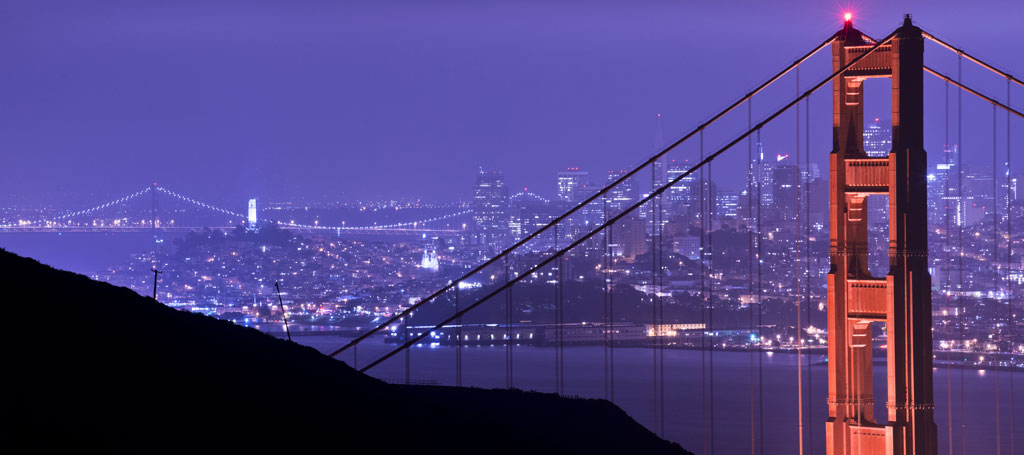
Russian Hill

This point of interest is available as audio on the tour: Visit San Francisco, The city by the bay
We now find ourselves in the fancy Russian Hill district. The name goes back to the Gold Rush period, in which new settlers found a Russian graveyard up on the hill. Although the corpses were never precisely identified, they were linked with Russian fur traders and sailors, who had settled in Fort Ross. Fort Ross was a colony founded in 1812 by Russian colons coming from Alaska, who were looking for more fertile lands down South. It is 80km away from San Francisco, and was the most meridonial point of what we called “Russian America”. This corresponds to the period in which the Russian Empire owned land in Northern America, from Alaska to Fort Ross. Yet, as one might imagine, this coexistence wasn’t a smooth one, in a time where everyone wanted his share of land, and preferably the largest one. Spain, worried about the Russian presence, started building pueblos and presidios, respectivly towns and forts but gradually lost its influence. Later, Mexico won over the governance of California, different governance, same story. They build barracks to prevent Russians from expanding their territory or even from taking over Mexico. Picture this, in those days, the English have Oregon and British Columbia, the Russians have the west coast of Canada, and the Spanish have California. So naturally, relations are tense and complicated. It is James Monroe, 5th President of the United States, who decided to put an end to this European influence. He also signed a treaty in 1824, which redrew borders and left pretty much everyone rather satisfied. Either way, Russian presence ended, with the purchase of Alaska by the United-States in 1867, for 7 million dollars, what a steal! And now you know why this hill is called Russian hill!

Discover other tours to visit San Francisco

Discover San Francisco with app
An interactive guide through the most beautiful streets, squares, and districts
22 fun audioguides full of historical facts, anecdotes, and legends






Comments